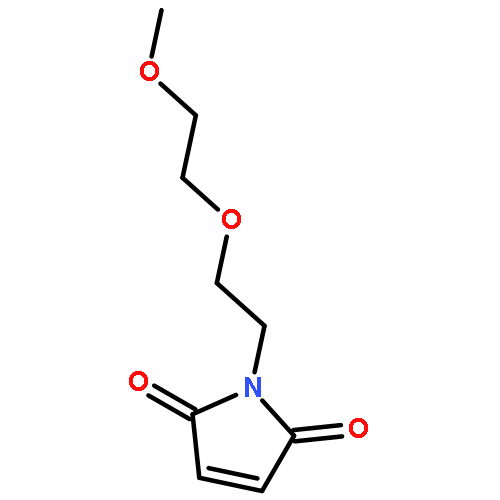Co-reporter: Jonathan G. Mehtala, Chris Kulczar, Monika Lavan, Gregory Knipp, and Alexander Wei
pp: 941
Publication Date(Web):April 28, 2015
DOI: 10.1021/acs.bioconjchem.5b00143
Polyethylene glycol (PEG) derivatives were conjugated onto the Cys-34 residue of human serum albumin (HSA) to determine their effects on the solubilization, permeation, and cytotoxic activity of hydrophobic drugs such as paclitaxel (PTX). PEG(C34)HSA conjugates were prepared on a multigram scale by treating native HSA (n-HSA) with 5- or 20-kDa mPEG-maleimide, resulting in up to 77% conversion of the mono-PEGylated adduct. Nanoparticle tracking analysis of PEG(C34)HSA formulations in phosphate buffer revealed an increase in the number of nanosized aggregates relative to n-HSA, both in the absence and presence of PTX. Cell viability studies conducted with MCF-7 breast cancer cells indicated that PTX cytotoxicity was enhanced by PEG(C34)HSA when mixed at 10:1 mol ratios, up to a 2-fold increase in potency relative to n-HSA. The PEG(C34)HSA conjugates were also evaluated as PTX carriers across monolayers of HUVEC and hCMEC/D3 cells, and found to have permeation profiles nearly identical to those of n-HSA.
